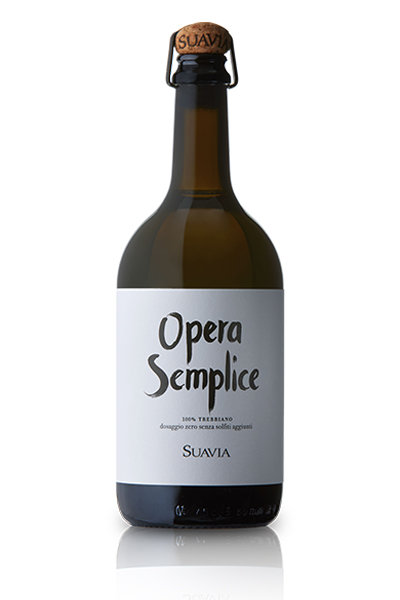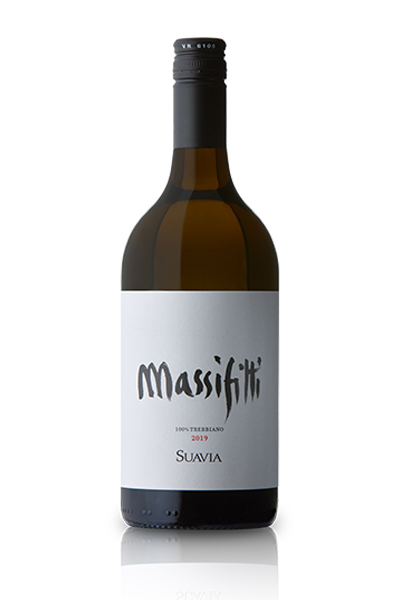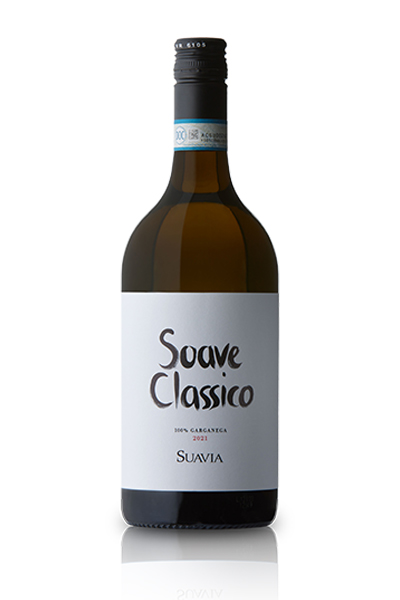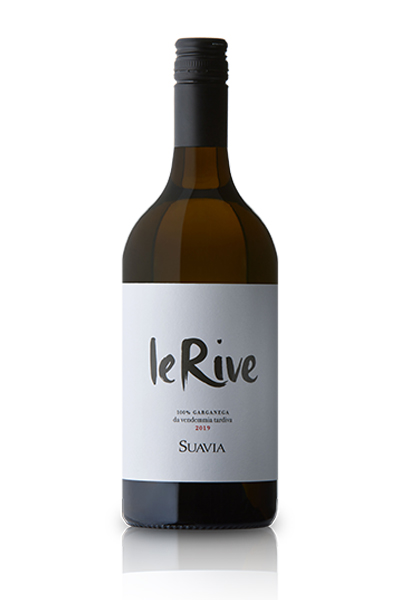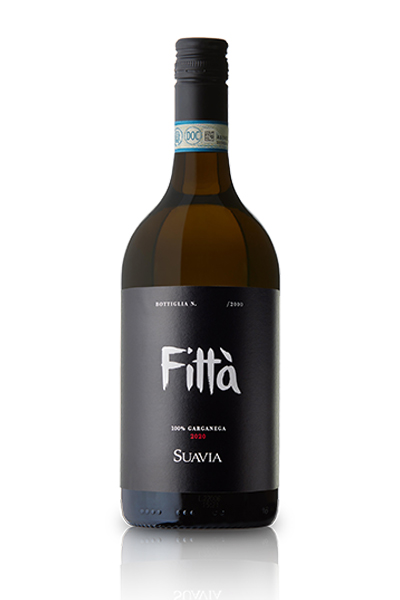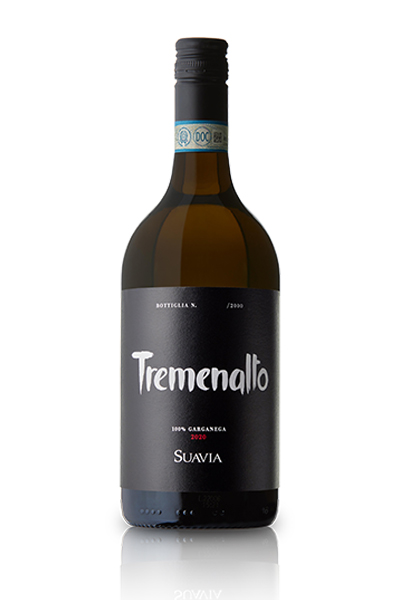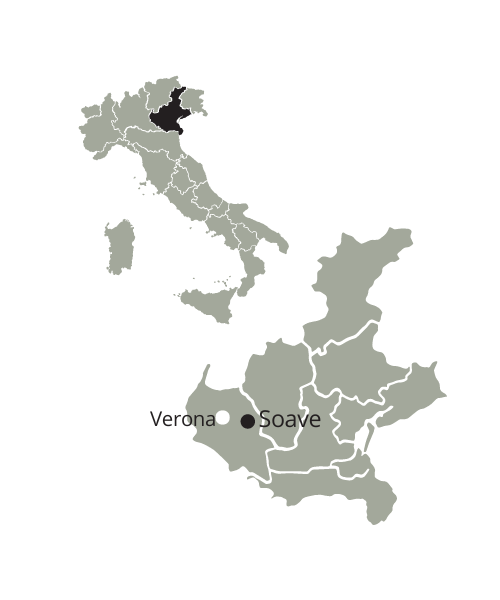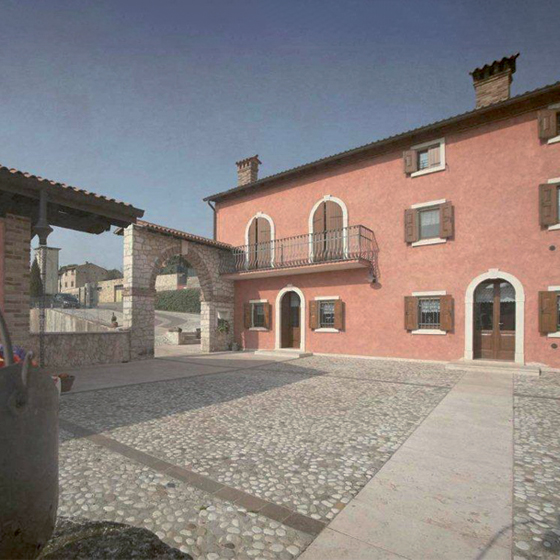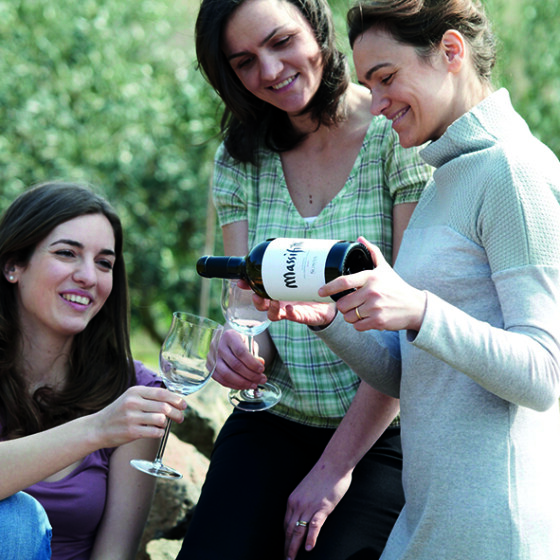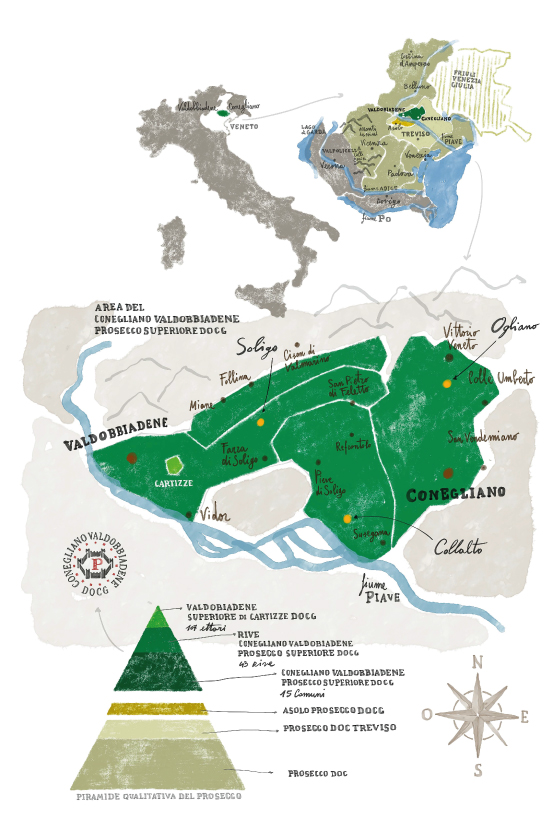

THE COMPANY
The Tessari family, that has been living and growing grapes since 1800 in Fittà, a hilly small village located in the north face of Soave, named his family business “Suavia”, the Latin form of the town name. In 1982, Giovanni Tessari and his wife Rosetta, aware of the great potential of their land, decided to start a business where made their own wine. Today, Meri, Valentina and Alessandra run the winery. Their story is typical of a family dedicated completely to the vines, always in contact with the nature and never losing sight of their own origins. Only the two grape varieties that are natural to Soave are grown on the 15 hectares: Garganega and Trebbiano di Soave. These two white varieties are the undisputed lords of the manor, and the vines, which were planted by the paternal grandfather of the girls, are now more than seventy years old. The winery, modern and efficient, was designed to produce white wine only, using a rustic style that is perfect for the environment and the surrounding landscape, and it was designed to use the force of gravity, reducing the movement of must and wine. With this exceptional environment, and an exceptional family, Suavia and his Soave are the most important interpreters of Veneto oenology.
